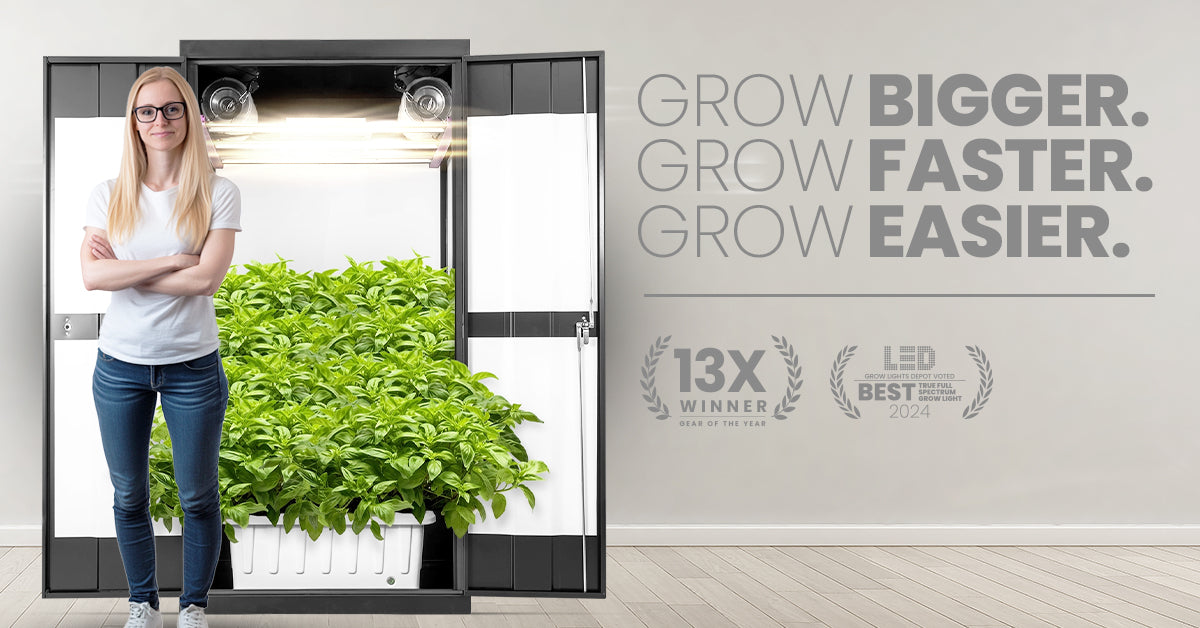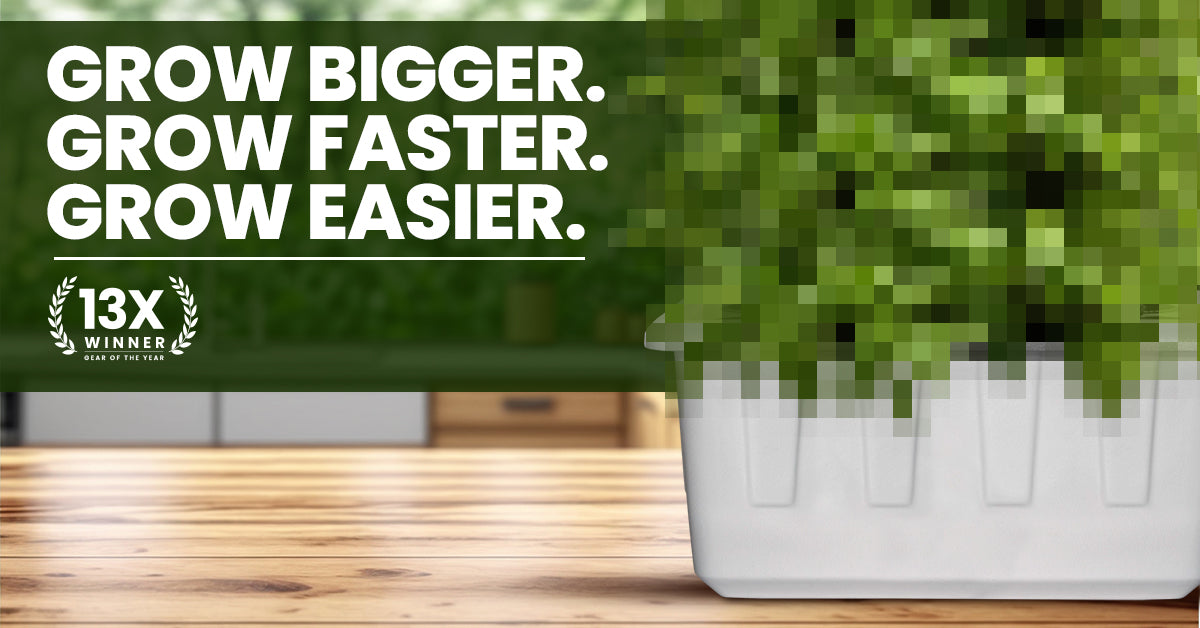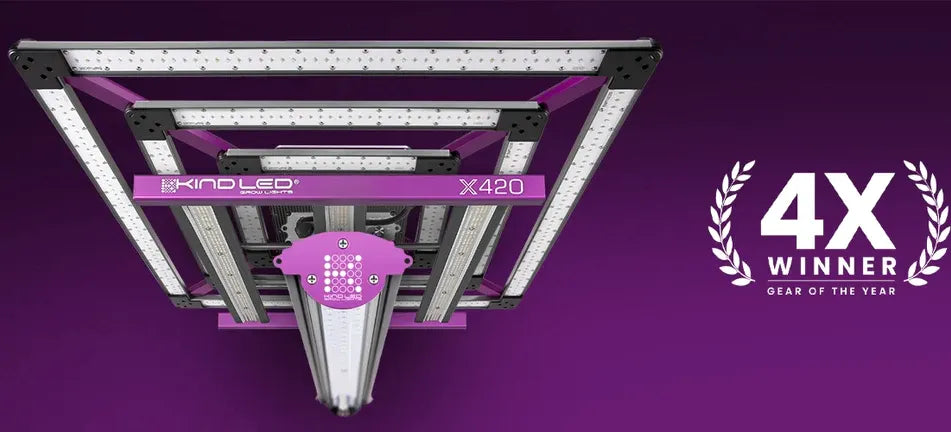
Indoor Gardening: A Complete Guide to Growing Plants Indoors
Indoor Gardening: A Complete Guide to Growing Plants Indoors
Indoor gardening has become increasingly popular in recent years as more people look to bring the beauty of nature into their homes. Whether you live in an apartment with limited outdoor space or want to grow plants year-round, indoor gardening offers the perfect solution. From houseplants and herbs to vegetables and fruits, the possibilities are endless. In this guide, we’ll explore the benefits of indoor gardening, how to get started, and the best practices to ensure your indoor garden thrives.
Why Choose Indoor Gardening?
There are many reasons why people choose to start an indoor garden. Here are some of the top benefits:
1. Grow Plants Year-Round
One of the greatest advantages of indoor gardening is that it allows you to grow plants no matter the season. Whether it’s the middle of winter or a scorching hot summer, indoor gardening lets you maintain control over your plants’ environment, ensuring they receive the right amount of light, water, and nutrients year-round.
2. Space Efficiency
Indoor gardening is ideal for those with limited outdoor space, such as apartment dwellers or people living in urban environments. You don’t need a large backyard to grow plants indoors—many indoor gardens thrive in small spaces like windowsills, shelves, or balconies.
3. Improved Air Quality
Indoor plants are known for their ability to purify the air by removing toxins and releasing oxygen. Common indoor plants like spider plants, snake plants, and peace lilies can help improve the air quality in your home, making it a healthier environment for you and your family.
4. Easy Access to Fresh Produce
With indoor gardening, you can grow your own herbs, vegetables, and even fruits right in your home. Having fresh, organic produce at your fingertips not only adds flavor to your meals but also reduces your reliance on store-bought produce, which may contain pesticides or other chemicals.
5. Stress Relief and Mental Wellbeing
Gardening has been shown to reduce stress, improve mental health, and boost overall wellbeing. Indoor gardening offers a relaxing and rewarding way to connect with nature, even if you’re inside your home. Caring for plants can provide a sense of accomplishment and peace, making it a great hobby for improving mental clarity and focus.
How to Start an Indoor Garden
Starting an indoor garden may seem daunting at first, but with the right knowledge and tools, it’s easier than you might think. Here’s how to get started:
1. Choose the Right Plants
Not all plants are suited for indoor gardening, so it’s important to choose species that thrive in indoor conditions. Some popular indoor plants include:
- Herbs: Basil, mint, parsley, thyme, and cilantro
- Leafy Greens: Spinach, kale, arugula, and lettuce
- Fruits and Vegetables: Tomatoes, peppers, dwarf lemon trees, and strawberries
- Houseplants: Pothos, spider plants, snake plants, and succulents
Start with plants that are easy to care for and suit your home’s light conditions. For example, herbs and leafy greens are great for beginners because they grow quickly and require minimal space.
2. Find the Perfect Location
The success of your indoor garden depends on finding the right location in your home. Most plants need a good amount of natural light to grow, so choose a spot near a sunny window or use grow lights if your home doesn’t receive enough natural light. If you’re growing light-sensitive plants, make sure they are placed in an area that receives indirect light.
3. Select the Right Containers
Container choice is crucial for indoor gardening. Plants need well-draining containers with enough space for their roots to grow. Choose pots with drainage holes to prevent water from accumulating in the soil, which can lead to root rot. For smaller plants like herbs, small pots or containers are sufficient, but larger plants like tomatoes or dwarf fruit trees will need bigger containers.
4. Use Quality Soil
Indoor plants thrive in well-draining, nutrient-rich potting soil. Avoid using garden soil, as it can become compacted and may contain pests or diseases that harm indoor plants. Instead, opt for a high-quality potting mix that is light, airy, and specifically designed for indoor plants. You can also add organic compost to the soil for extra nutrients.
5. Watering and Humidity
Watering indoor plants can be tricky, as both underwatering and overwatering can harm them. It’s important to check the soil regularly and water only when the top inch feels dry to the touch. Different plants have different water needs, so be sure to research each plant’s requirements.
Humidity levels in your home also play a role in indoor gardening. Some plants, such as tropical houseplants, thrive in higher humidity, while others prefer drier conditions. You can increase humidity by placing a tray of water near your plants or using a humidifier.
Indoor Gardening Techniques
There are various techniques for growing plants indoors, depending on the space available and the type of plants you want to grow. Here are a few popular indoor gardening methods:
1. Hydroponics
Hydroponics is a method of growing plants without soil, using nutrient-rich water instead. This technique allows plants to grow faster and more efficiently since they have direct access to water and nutrients. Hydroponic systems are a great option for indoor gardeners with limited space, and they’re ideal for growing herbs, leafy greens, and even fruits like strawberries.
2. Container Gardening
Container gardening is the most common method for growing plants indoors. Using pots, containers, or grow bags, you can grow a wide range of plants, from herbs and flowers to small fruit trees. The key to successful container gardening is choosing the right containers, using quality soil, and ensuring proper drainage.
3. Vertical Gardening
For those with limited space, vertical gardening offers a practical solution. By using shelves, hanging planters, or wall-mounted garden systems, you can grow plants vertically and maximize your indoor space. This method works particularly well for herbs, leafy greens, and small houseplants.
4. Terrariums
Terrariums are enclosed glass containers that create a miniature ecosystem for plants. They’re perfect for growing small plants like succulents, ferns, and mosses. Terrariums are low-maintenance and make beautiful decorative pieces for any room in your home.
Common Indoor Gardening Mistakes to Avoid
Indoor gardening is a rewarding hobby, but it comes with its own set of challenges. Here are some common mistakes to avoid:
- Overwatering: One of the most common mistakes is overwatering. Make sure to water your plants only when necessary and avoid letting the soil become soggy.
- Not Providing Enough Light: Light is essential for photosynthesis. Ensure your plants are getting enough light, either from natural sources or grow lights.
- Ignoring Humidity Levels: Indoor environments can be dry, especially during the winter. Be mindful of humidity-sensitive plants and increase moisture when necessary.
- Using Poor Quality Soil: Poor soil can hinder plant growth. Always use high-quality potting soil designed for indoor plants.
Conclusion
Indoor gardening is a fantastic way to enjoy nature, even if you don’t have access to outdoor space. With the right plants, proper care, and attention to detail, you can create a thriving indoor garden that adds beauty and freshness to your home. Whether you’re growing herbs, houseplants, or vegetables, indoor gardening is a rewarding hobby that anyone can enjoy. Follow these tips, and you’ll be well on your way to becoming an indoor gardening pro.


